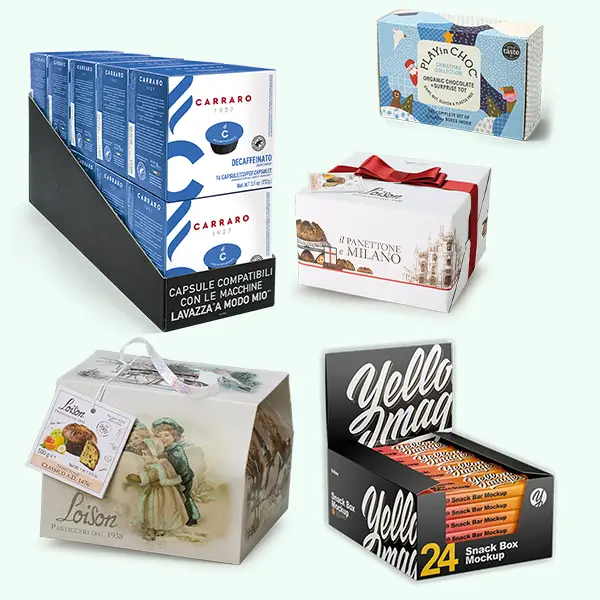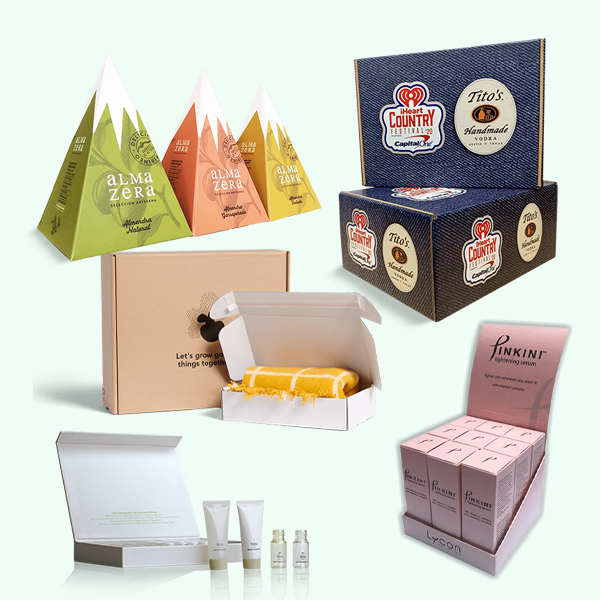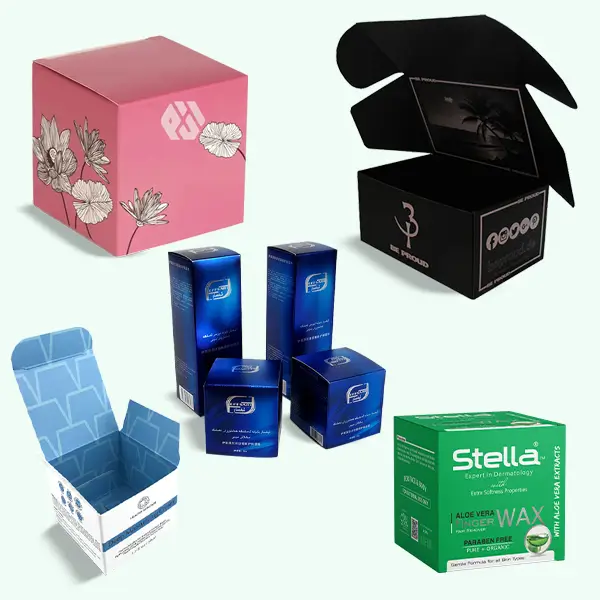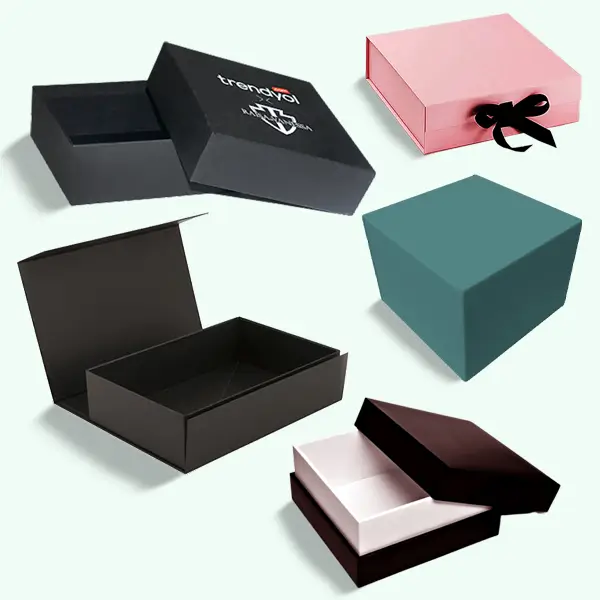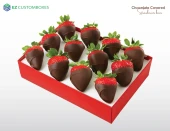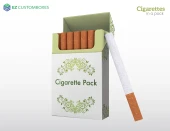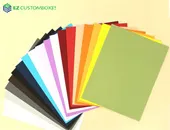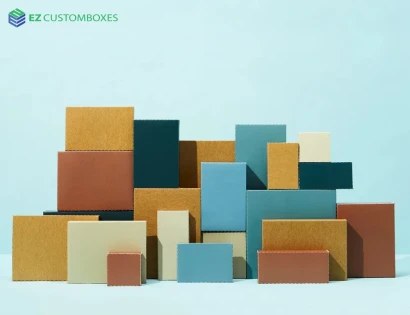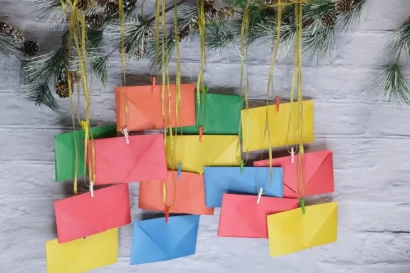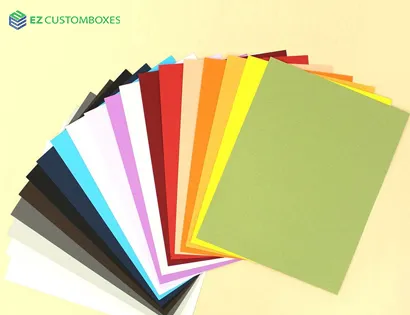Packaging is more than just a way to keep things safe; it's also a way to build a brand and sell things. This full guide will show you the different types, materials, and design elements that make packaging so important. If you want to know more, stay with me until the end.
What is Packaging?
Packaging is the materials or containers that keep products safe, transport them, and show them off. It is also used for a number of things. For instance, branding, advertising, and making it easy to move goods. It also comes in a lot of different styles and types.
Types of Packaging
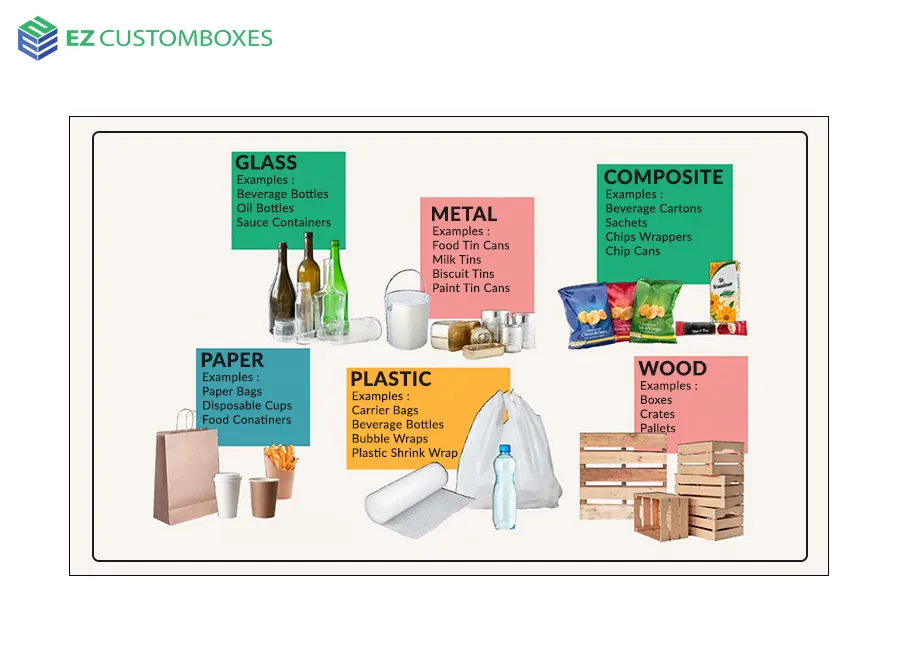
As was said before, there are many kinds of packaging. But you should know that each kind of packaging has a certain purpose. These are the three main kinds of packaging:
- Primary packaging: This is the packaging that touches the product directly. For instance, tubes, cans, and bottles.
- Secondary Packaging: The packaging used to hold together primary packages. For instance, boxes, cases, and cartons.
- Tertiary packaging is used to ship and store large amounts of goods. For instance, pallets, crates, and boxes.
Types of Packaging Materials
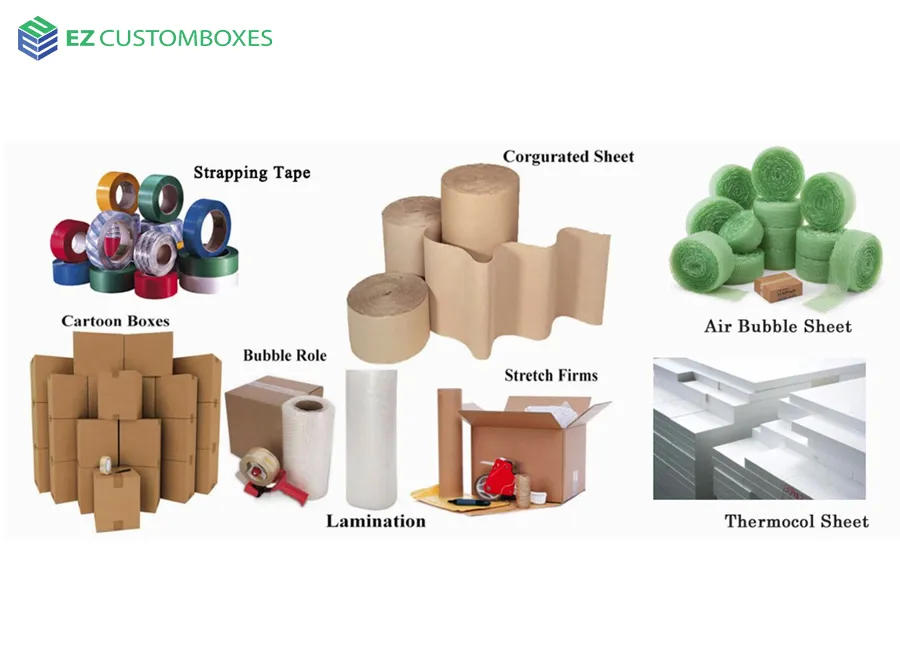
The packaging is important for keeping, moving, and displaying things. You should now know that the size, weight, and purpose of the product will determine what kind of packaging you use.
Here are the details about eight common types of packaging materials, along with their pros and cons.
1. Strapping Tape
Description: A strong adhesive tape, often made from polypropylene or polyester, reinforced with fiber or filament for added strength.
Use: Used to secure and bundle heavy boxes or pallets during shipping. It resists tearing and provides high tensile strength.
2. Corrugated Sheet
Description: Made from fluted paper sandwiched between two flat linerboards. It comes in single, double, or triple wall thicknesses.
Use: Commonly used for making carton boxes or for adding layers between items to prevent impact during transport.
3. Air Bubble Sheet (Bubble Wrap)
Description: A plastic sheet filled with small air pockets (bubbles).
Use: Used for wrapping fragile items to provide cushioning and shock absorption.
4. Carton Boxes
Description: Boxes made from corrugated cardboard sheets.
Use: Widely used for packaging, storage, and shipping of goods due to their lightweight, durability, and ease of handling.
5. Bubble Roll
Description: Large rolls of bubble wrap (air bubble sheet), usually perforated for easy tearing.
Use: Used in bulk wrapping operations to protect items of various sizes during shipping or storage.
6. Lamination
Description: The process of bonding a protective film (plastic or foil) onto a surface.
Use: Used to protect printed packaging from moisture, scratches, or wear and tear. It also improves appearance (glossy/matte finish).
7. Stretch Film (Stretch Wrap)
Description: A plastic film (usually polyethylene) that stretches tightly around products or pallets.
Use: Used to secure goods on pallets, keep them clean, and protect from dust or tampering during storage and transport.
8. Thermocol Sheet (Expanded Polystyrene Foam)
Description: Lightweight foam material made from expanded polystyrene (EPS).
Use: Used as a cushioning and insulating material inside boxes, especially for electronics, glassware, and delicate items.
| Material | Advantages | Disadvantages |
|---|---|---|
| Strapping Tape | - High tensile strength- Securely binds heavy loads- Easy to use | - Can damage products if overtightened- Requires dispenser or tool |
| Corrugated Sheet | - Lightweight- Recyclable- Shock absorbing- Cost-effective | - Not water-resistant- Can collapse under extreme weight or pressure |
| Air Bubble Sheet | - Excellent cushioning- Lightweight- Reusable | - Bulky to store- Not eco-friendly unless recycled |
| Carton Boxes | - Easily customizable- Recyclable- Good strength-to-weight ratio | - Not waterproof- Can be crushed under heavy weight |
| Bubble Roll | - Convenient for bulk use- Versatile protection- Perforated options | - Storage space needed- Can be expensive over time |
| Lamination | - Moisture-resistant- Enhances durability and look- Scratch-resistant | - Not eco-friendly- Difficult to recycle laminated materials |
| Stretch Film | - Protects from dust and moisture- Secures irregular loads- Cost-effective | - Non-biodegradable- Can be hard to recycle |
| Thermocol Sheet | - Excellent insulation- Lightweight- Good shock absorption | - Non-biodegradable- Brittle; breaks into small particles |
What is Packaging Design?
The process of designing packaging is making and improving the way your packaging looks and works. Also, good packaging design should help people understand what your product is, keep its contents safe, and boost sales.
Role of Packaging in Different Industries
Packaging is very important in many businesses, that's for sure. It connects your brand's product to the customer, after all. Most importantly, each industry has its own packaging needs that must be met. Here are some examples of how different industries package their goods:
1. Food Packaging
The main purpose of food packaging is to keep the food safe, fresh, and safe to eat. There should also be branding and nutritional information on it. There are many different kinds of materials that can be used to make food packaging, such as bottles and cans, wrappers and cartons, and more.
2. Cosmetics Packaging
Cosmetic packaging has to protect and show off beauty and personal care products, so it uses high-quality materials and designs that catch the eye. After all, how you package cosmetics is important for getting people to buy them.
3. Pharmaceutical Packaging
The rules about packaging in the pharmaceutical industry are some of the strictest. It has to check that drugs, medical tools, and devices are safe, work, and are clean. You should know that it often has unique materials in it. For example, closures that are safe for kids and blister packs. It keeps people from using it wrong or messing with it.
4. E-Commerce Packaging
The purpose of e-commerce packaging is to protect items while they are being shipped and stored. It also makes opening the box a fun and satisfying experience for customers. The packaging is the most important part of shopping online, after all.
What is Frustration Free Packaging?
Packaging that doesn't make you angry must be good for the environment and not have any extra materials. This packaging is meant to help reduce waste. Also, it needs to be simple to open and use so that people don't get mad.
What is Discreet Packaging?
Any packaging that doesn't show what's inside is called "discreet packaging." People mostly use this kind of packaging for personal or sensitive items. It also helps keep customers' information private by not drawing attention to it.
What is Luxury Packaging?
The materials used to make luxury packaging are high-quality, and the design is high-end. This is the most elegant and fashionable way to package something. It is only used for high-end items to make the unboxing experience unforgettable and greatly improve the brand's image.
Packaging Sustainability and Environmental Impact
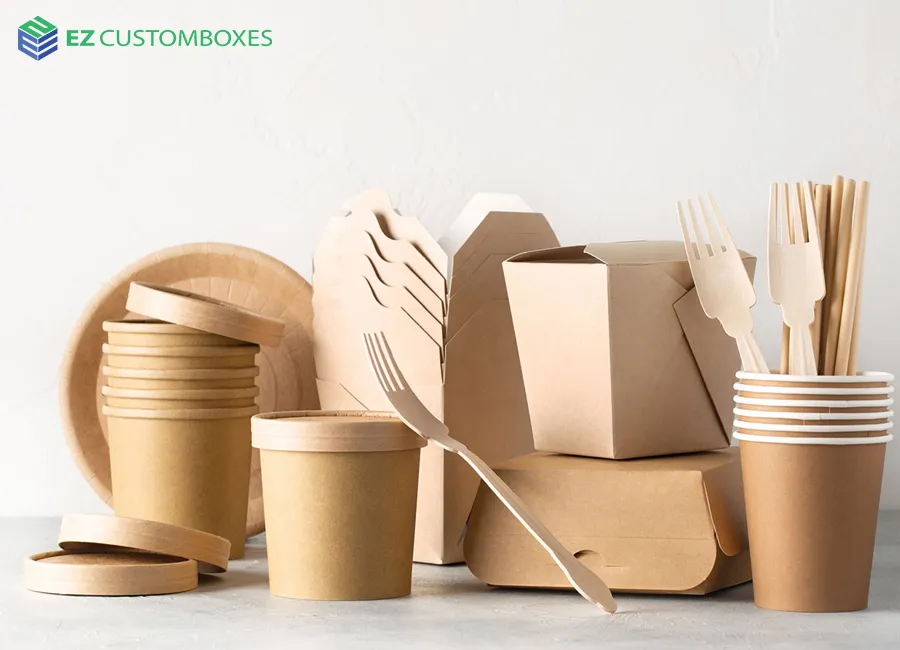
When people talk about packaging, the most common thing they talk about is how it affects the environment and how long it lasts. So, here's everything you need to know about this:
Environmental Concerns Related to Packaging
The following are some rising environmental concerns related to packaging:
- Plastic Pollution
Plastic packaging, in particular, is bad for the environment. It hurts marine life and ecosystems. After all, plastics that don't break down add to the amount of trash.
- Carbon Footprint
The carbon footprint is becoming a bigger problem because of the large-scale production of packaging. For instance, making, moving, and throwing away packaging all release greenhouse gases. There's no doubt that this makes climate change and global warming worse.
Strategies for Sustainable Packaging
Here are some eco-friendly packaging ideas you should know about and use to help the environment:
- Reduce, Reuse, Recycle
To reduce waste, the packaging should be as small as possible. Also, the packaging needs to be made so that it can be reused or recycled. People should also be encouraged to join recycling programs.
- Life Cycle Analysis
A full study of the lifecycle of packaging is necessary. For instance, what effect it has on the environment. By looking at these, you can find ways to make things better and more efficient.
Government Regulations and Policies
You should also know about the rules and laws that the government has about packaging. Governments all over the world are doing things to deal with the effects of packaging waste on the environment. There are actually:
- Packaging Waste Regulations
There are clearly rules and laws in place to reduce packaging waste. The goal is to set goals for companies that make packaging to cut down on waste. The main goal is to get them to use practices that are good for the environment. There are also goals for recycling and recovery rates that companies can use as a guide to reach.
- Incentives for Sustainable Packaging
The government offers a number of incentives to businesses that use environmentally friendly packaging. For example, tax breaks, grants, or other benefits. Yes, that's right! Some governments even pay companies to look into and develop biodegradable packaging materials.
Where to buy packaging for products?
EZ Custom Boxes is a trustworthy company to buy custom boxes and packaging for your products. We can make high-quality packaging for your brand that can be fully customised, has low minimums, and is ready quickly. We also make packaging for every type of product and every type of business. Get in touch with us right away.


